Jump to Camino Primitivo Stages
Lugo, Spain ~ A UNESCO World Heritage Center for its Roman Fortifications
Just so you know, the PilgrimageTraveler.com is an associate of Booking.com, Roamless, and Amazon. As an associate of these merchants, we earn from qualifying purchases from our links.
The fascinating city of Lugo and its Roman walls are the finest surviving examples of late Roman military fortifications, according to the UNESCO World Heritage Center. This particular feature dominates the cityscape and creates a boundary for the old town.
"It is not the beauty of a building you should look at; it's the construction of the foundation that will stand the test of time." ~ David Allen Coe
It was here in the city of Lugo that we took a well-deserved break from our Camino Primitivo, after the 9th day on the road. The Roman walls, built in the 3rd century C.E. have certainly stood the test of time, and provide a bird's eye view of the medieval city below.
🙋♀️ Why Trust Us at the Pilgrimage Traveler?
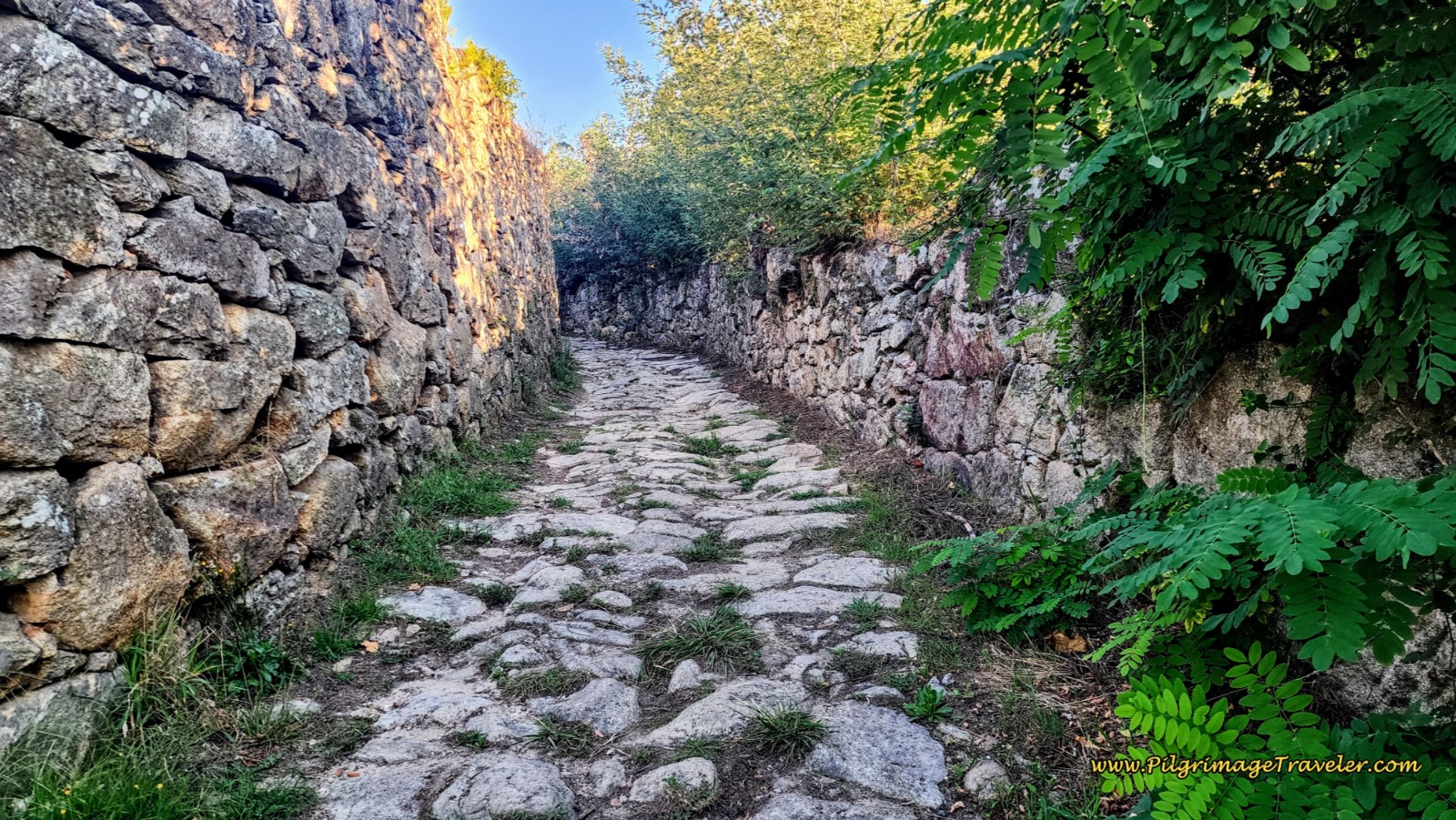
We’re not a travel agency ~ we’re pilgrims, just like you.
We've walked Pilgrimage Routes Across Europe!
💬 We’ve:
- Gotten lost so you don’t have to. 😉
- Followed yellow arrows in the glowing sunlight, the pouring rain and by moonlight. ☀️🌧️🌙
- Slept in albergues, hostals & casa rurals. Ate and drank in cafés along the way. 🛌 😴
- Created detailed and downloadable GPS maps and eBook Guides, full of must-have information based on real pilgrimage travels. 🧭 🗺️
- Shared our complete journeys, step by step to help YOU plan your own ultimate pilgrimage and walk with your own Heart and Soul. 💙✨
Every detail is from our own experiences ~ no fluff, no AI rewrite. Just fellow pilgrims sharing the way. We add a touch of spirituality, a big dose of ❤️ and lots of wisdom from the road.
Ultreia and Safe Pilgrimage Travels, Caminante! 💫 💚 🤍
Here is a photo of these walls, from one of the most optimal viewing points on the SE side of the Ronda de Muralla, the street that encircles the ancient walls.
This map, below, that I photographed at one of the tourist sites, is seen throughout the city, helping you orient to your location and to identify other sites. I was unable to find an online link for this.
If you are looking for accommodation in Lugo, there are many within these medieval city walls where you are in the center of all the action. To see them, click here.
When you enter the old city from the Camino Primitivo, you enter here at the Porta de San Pedro, and walk westward on the Rúa San Pedro toward the main plaza, the Praza Maior. This gate is on the eastern side of the medieval city.
 The Pilgrimage Gate Called the Porta de San Pedro ou Toledana
The Pilgrimage Gate Called the Porta de San Pedro ou ToledanaThe walls are indeed, well-preserved, massive and quite dramatic in appearance. They reach a height of 8-12 meters, about 26-40 feet. They are 4.2 meters thick, or almost 14 feet. There is ongoing work to preserve these incredible walls.
And not all of the towers are round. Pictured below are examples of square ones. This photo I took on the NW corner of the circle of walls around the city, near the gate called the Porta do Bispo Odoario ou do Hospital, with an added and lovely view of the cathedral spires.
 Square Roman Fortifications, with Cathedral View
Square Roman Fortifications, with Cathedral ViewCamino Primitivo EBook Guide
Take a look at our Camino Primitivo eBook Guide, for you to download to your personal device for comfortable reading offline and without ads. Our eBook is packed with detailed information and photos, including a *new* bonus side trip, to the incredible and unusual Santa Eulalia de Bóveda temple, the mostly ingnored neolithic standing stones at Montouto and finally, the often-missed, but lovely alternative to the Hospitales Route, (which is gorgeous too), the route to take in the event of inclement weather, along the Río Nisón for 6.8 kilometers! Our eBook Guide is unique because we also entertain and immerse you with our story! Click here for more info OR BUY NOW.
Jump to Camino Primitivo Stages
The Main Plaza
The main plaza dominates the city, and is just east of the grand cathedral. Here is where we gathered on the evening of day nine to have our Camino family dinner together. It is a wonderful place to hang out.
The following photos of the plaza are taken from the western end.
 Restaurants Line the North Side of the Praza Maior
Restaurants Line the North Side of the Praza Maior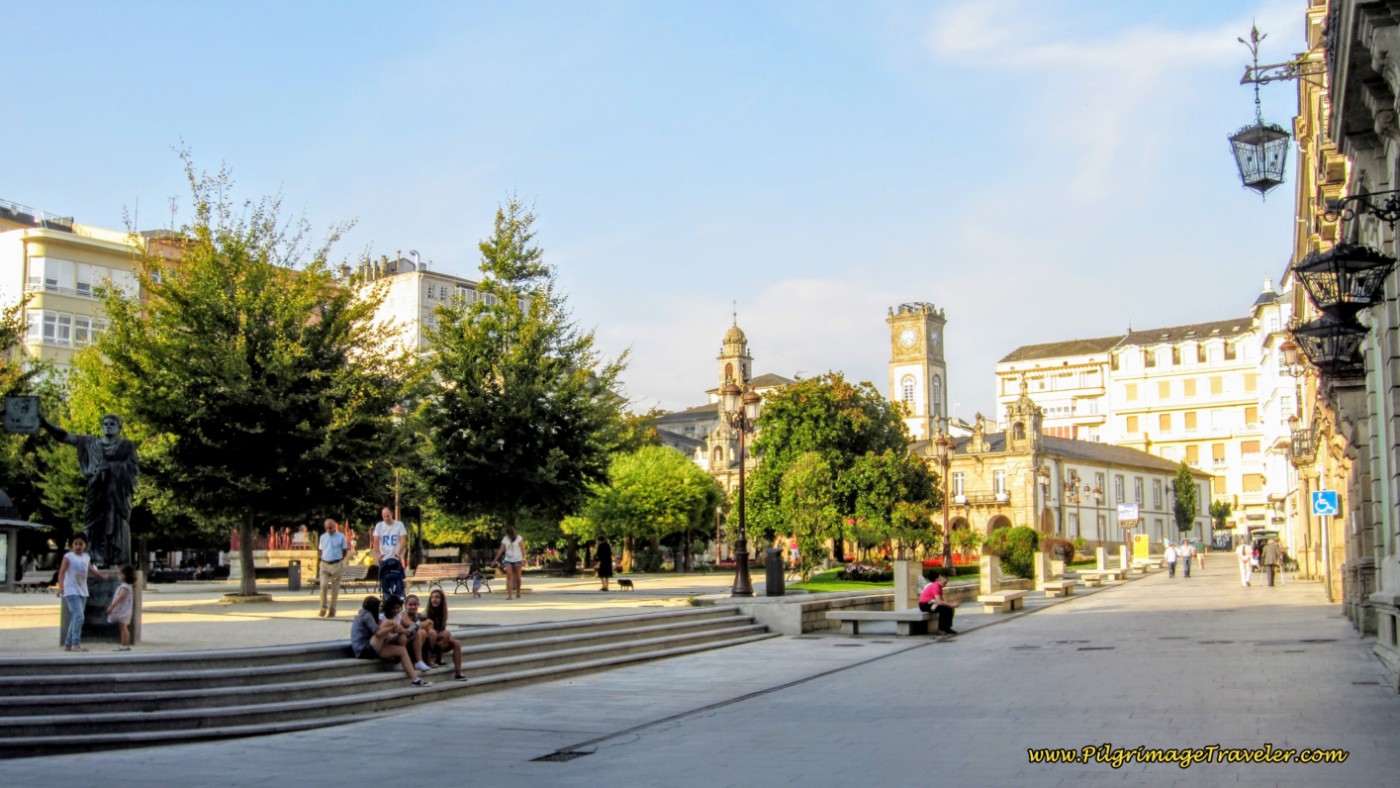 Praza Maior Southwestern Corner
Praza Maior Southwestern CornerThe Catedral de Santa María de Lugo, the grand cathedral, is immediately to the west, or right of this photo, below. The Camino de Santiago goes from the main plaza to the cathedral, and from there, through the walls on the other side, by the cathedrals main façade.
 Western End of the Praza Maior
Western End of the Praza MaiorJump to Camino Primitivo Stages
Catedral de Santa María de Lugo
When you walk westward from the main plaza in Lugo, this view of the cathedral soon looms over you. This is the rear, eastern end of the cathedral. There is a side entrance to the cathedral here, to the right of the bell tower, shown below.
The cathedral was built over many centuries and boasts many different styles including Romanesque, Gothic, Baroque, Renaissance and Neoclassic.
The rear of the cathedral with its buttresses are essentially in the Gothic style and was built in the 12th century.
Here I am walking around the northern side, toward the main façade to the west. The north entrance is to my left.
Here is the main façade of the cathedral, looking to the East, in the Neoclassic style, the most recent addition, built around the mid-18th century.
Immediately behind the main façade is the handicapped ramp up to the path that runs on the top of the Roman walls.
Immediately to the left of this ramp, as you face it, is the gate, the Porta de Santiago, the gate through which the Camino Primitivo leaves the city. This is an important land mark to find if you are staying within the city walls.
Of course, St. James, Santiago in Spanish, sits atop the gate on his horse, depicted as the Moorslayer. It is appropriate that the Camino Primitivo leaves Lugo here, isn't it? (See day ten on the Camino Primitivo for precise directions out of town.)
To see the inside of the cathedral, it is now classified as a museum and entrance is no longer free, not even for pilgrims, but they do give us a reduced rate at least! For more information regarding admission rates and rules (think - no backpack and no photography), you can visit the official site by clicking here: Catedral de Lugo.
I was surprised at the no photography rule, because I freely took these next photos, years ago when there were no such rules! I may have sneaked a photo or two recently, but I would never tell!
The interior of the cathedral is quite stunning, as you would expect. Pictured below is the main altar.
Make sure you also explore the small chapels in the alcoves behind the main altar, to see this amazing and intricate alcove, pictured next. It is called the Altar de La Virgen de los Ojos Grandes (Altar of the Virgin with Big Eyes) and I liked it better than the main altar. This was a more intimate place for me.
However, the angels flanking the main altar held my attention for some time.
On the north side of the Praza de Santa María is the Palacio Episcopal, home of the Lugo diocese.
 Palacio Episcopal
Palacio EpiscopalJump to Camino Primitivo Stages
A Walk on the Roman Walls ~ 2 Kilometers
If you have any time while you are in Lugo, I would highly recommend a walk on the ramparts. It is a bit over 2.0 kilometers to walk the entire circumference, and I know it would be a push to add it to a full Camino traditional stage. This is why we chose to stay a day to explore the city in more detail.
I believe that if you had a short day on your Camino Primitivo, and allowed 2-4 hours to do this path at a leisurely pace, that it would be more than enough. Even though I loved my day off here, if I had to do it again, I would only spend an extra half day here.
Or perhaps, consider walking the walls first thing in the morning and starting your next Camino day a bit late? In my opinion, it is worth it!
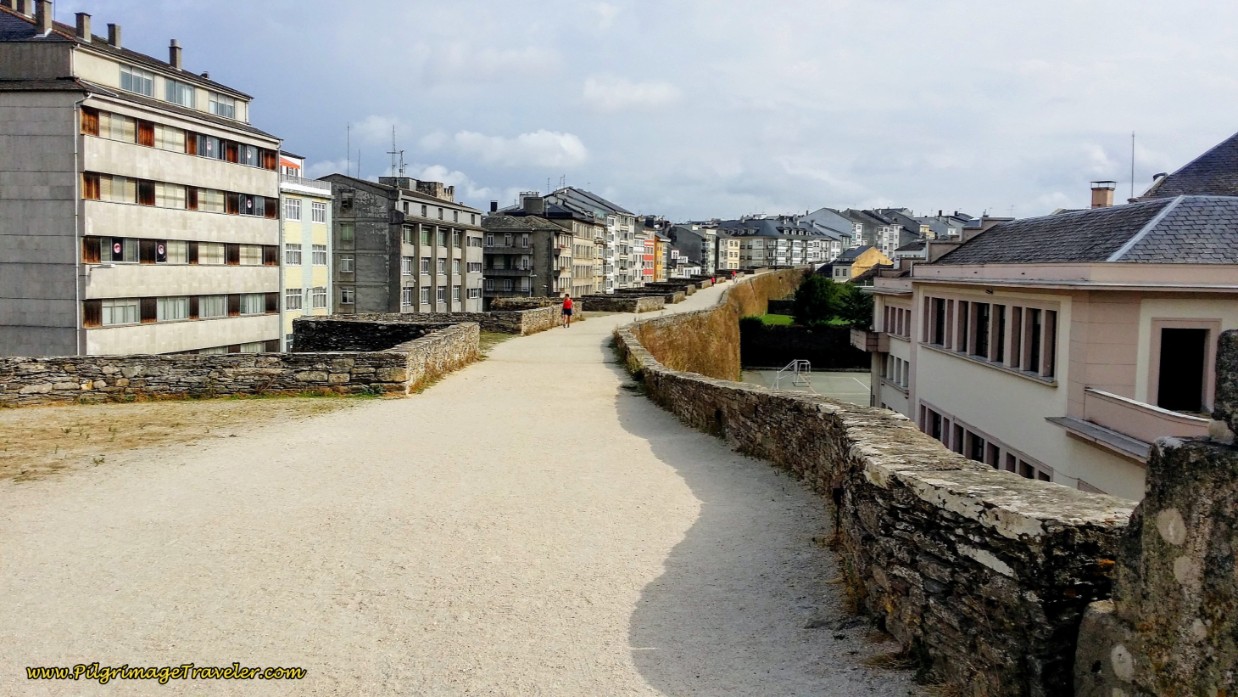 The Roman Wall Path
The Roman Wall PathHere is my husband, Rich, at one of several stairways that lead you from the city to the top of the wall and to the path. Check the tourist map at the beginning of the article for the location of the stairways, to find one closest to you. This one is on the eastern end of the city.
 One of Several Stairways Leading to the Wall Path
One of Several Stairways Leading to the Wall Path Wall is Used as an Exercise Loop
Wall is Used as an Exercise Loop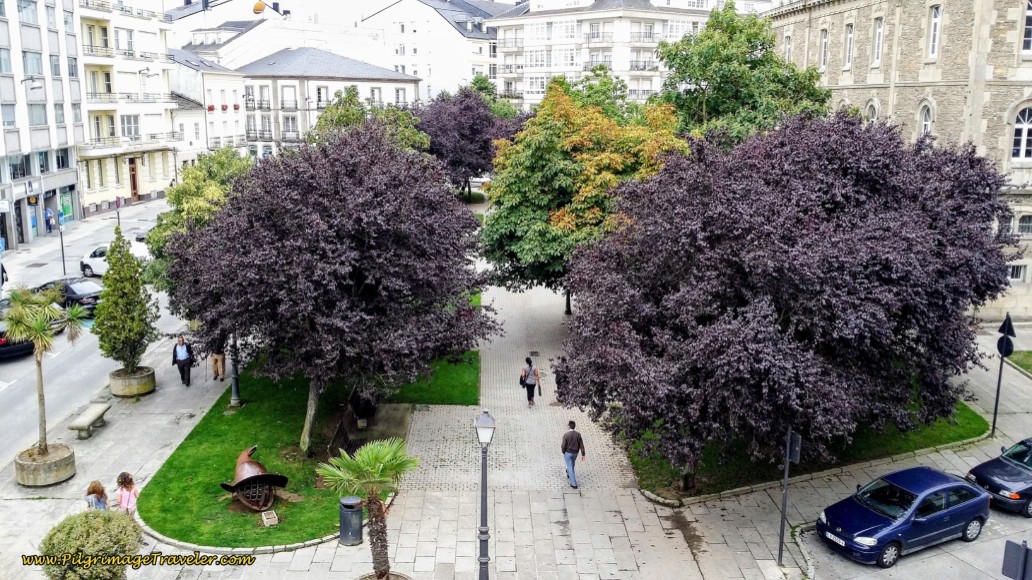 Bird's Eye View of the City From the Wall
Bird's Eye View of the City From the Wall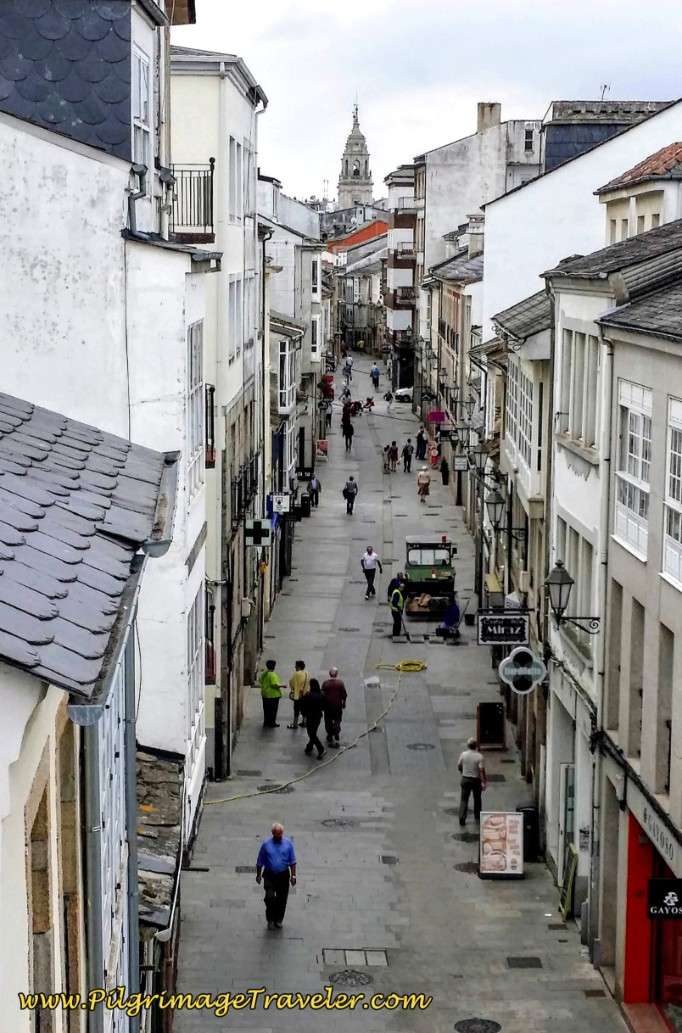 View of the Rúa Nova on the North Side
View of the Rúa Nova on the North SideInteresting Landmarks
The main museum in town, the Museo Provincial de Lugo contains some Roman artifacts as well as other items of cultural interest. It sits in a complex with the Convento de San Francisco as well as the Church of San Pedro, shown below. We did not take the time to see inside any of these buildings.
Another interesting church is the Igrexa de San Froilán, shown below.
 Igrexa de San Froilán
Igrexa de San FroilánI hope you take some extra time from your Camino, if you have it, to explore this lovely city. It is worth it! Treat yourself to a reservation at a comfortable accommodation in Lugo, and slow down for awhile, if only for the day!
I hope you too will take the time to explore the historic city of Lugo, Spain. May your Camino Primitivo be filled with a full or half day rest here! You will not regret it!
The Camino Primitivo Stages
Please Consider Showing Your Support
Many readers contact me, Elle, to thank me for all the time and care that I have spent creating this informative website. If you have been truly blessed by my efforts, have not purchased an eBook, yet wish to contribute, I am very grateful. Thank-you!
Search This Website:
Follow Me on Pinterest:
Find the Pilgrimage Traveler on Facebook:
Like / Share this page on Facebook:
Follow Me on Instagram:
🙋♀️ Why Trust Us at the Pilgrimage Traveler?

We’re not a travel agency ~ we’re pilgrims, just like you.
We've walked Pilgrimage Routes Across Europe!
💬 We’ve:
- Gotten lost so you don’t have to. 😉
- Followed yellow arrows in the glowing sunlight, the pouring rain and by moonlight. ☀️🌧️🌙
- Slept in albergues, hostals & casa rurals. Ate and drank in cafés along the way. 🛌 😴
- Created detailed and downloadable GPS maps and eBook Guides, full of must-have information based on real pilgrimage travels. 🧭 🗺️
- Shared our complete journeys, step by step to help YOU plan your own ultimate pilgrimage and walk with your own Heart and Soul. 💙✨
Every detail is from our own experiences ~ no fluff, no AI rewrite. Just fellow pilgrims sharing the way. We add a touch of spirituality, a big dose of ❤️ and lots of wisdom from the road.
Ultreia and Safe Pilgrimage Travels, Caminante! 💫 💚 🤍
***All Banners, Amazon, Roamless and Booking.com links on this website are affiliate links. As an Amazon associate and a Booking.com associate, the Pilgrimage Traveler website will earn from qualifying purchases when you click on these links, at no cost to you. We sincerely thank-you as this is a pilgrim-supported website***
PS: Our eBook Guide books are of our own creation and we appreciate your purchase of those too!!
Shroud Yourself in Mystery, along the Via de Francesco!
Walk in the Footsteps of St. Francis, and Connect Deeply to the Saint and to Nature in the Marvelous Italian Countryside!
Need suggestions on what to pack for your next pilgrimage? Click Here or on the photo below!
Carbon fiber construction (not aluminum) in a trekking pole makes them ultra lightweight. We like the Z-Pole style from Black Diamond so we can hide our poles in our pack from potential thieves before getting to our albergue! There are many to choose from! (See more of our gear recommendations! )
Gregory BackPack - My Favorite Brand
Do not forget your quick-dry microfiber towel!
Booking.com
My absolute favorite book on how to be a pilgrim:




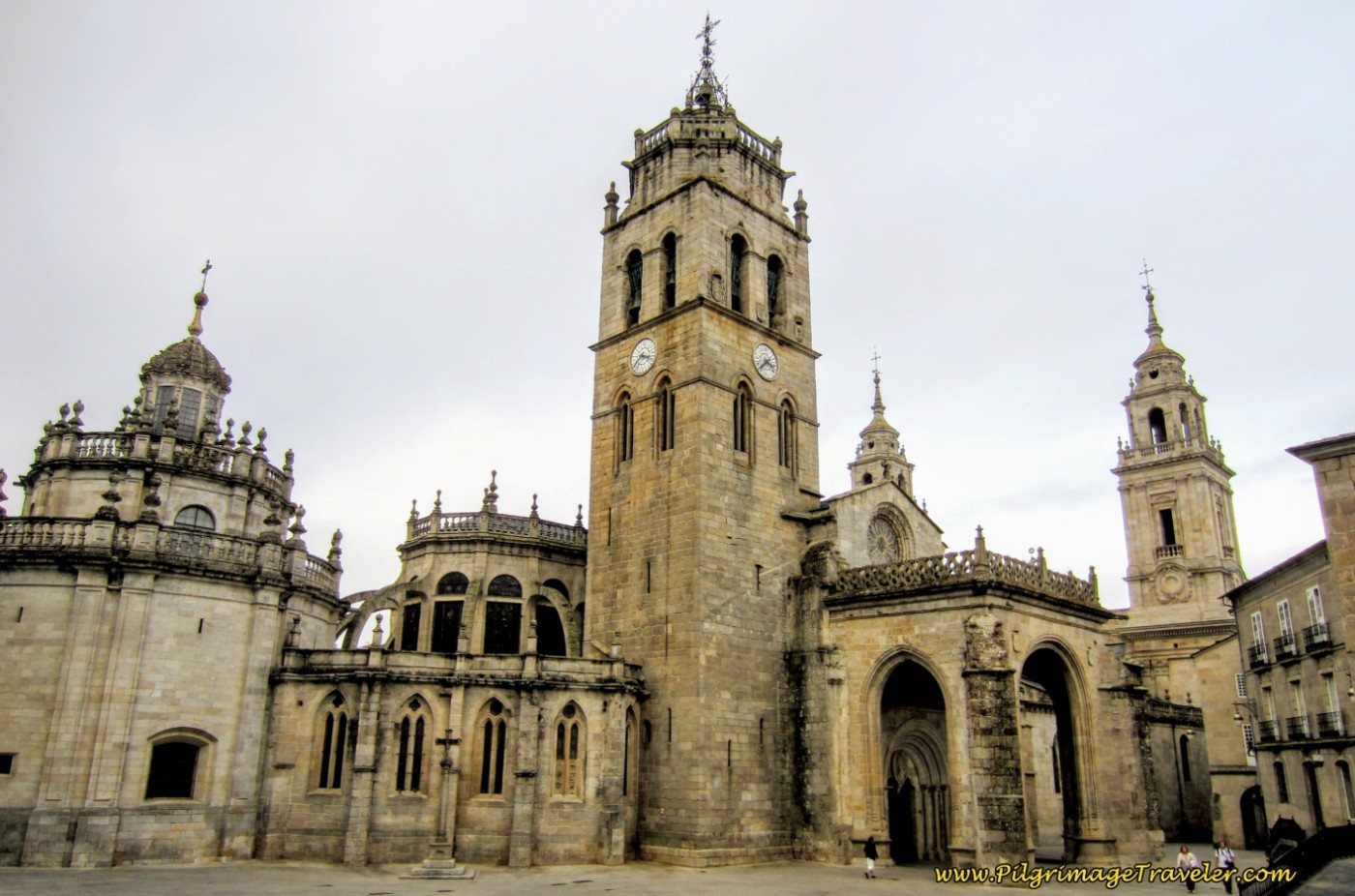
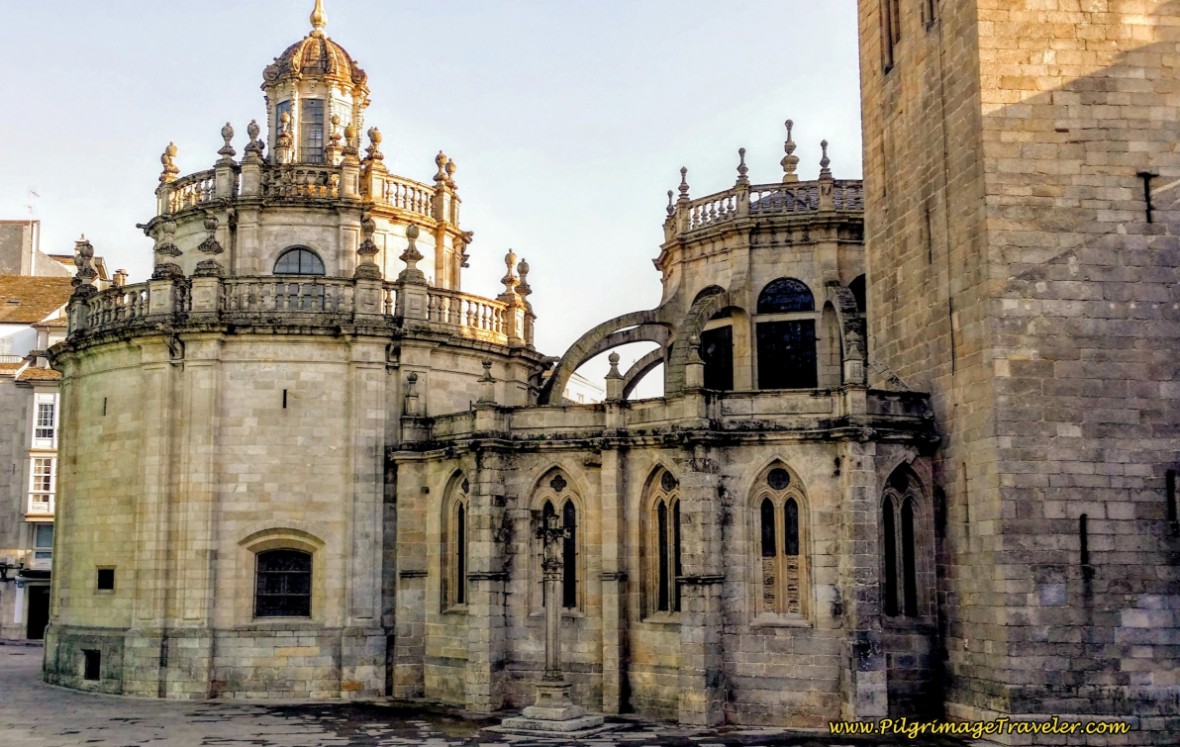




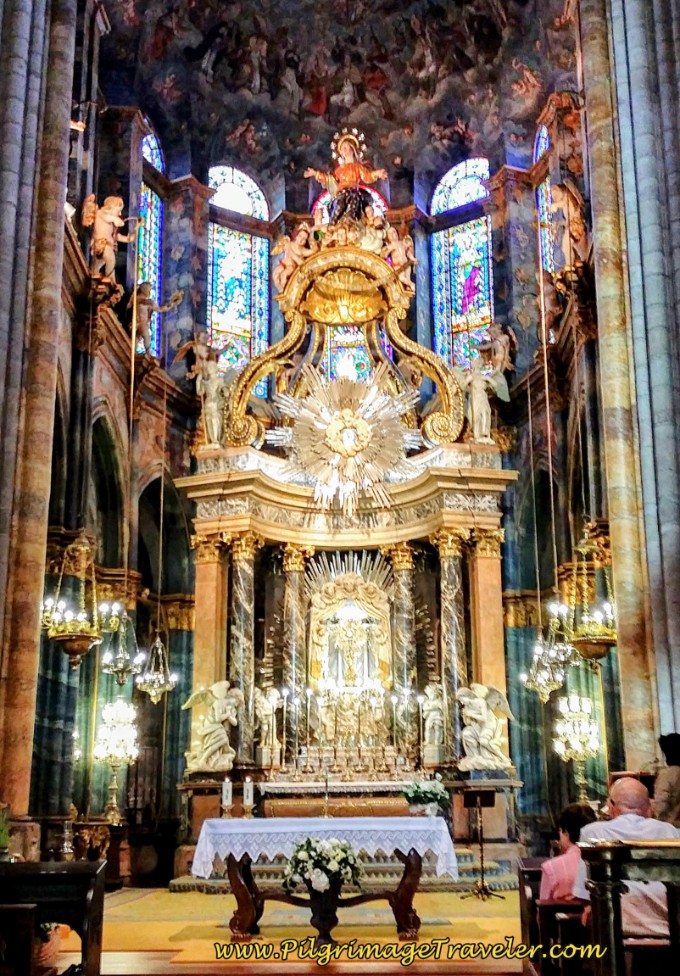

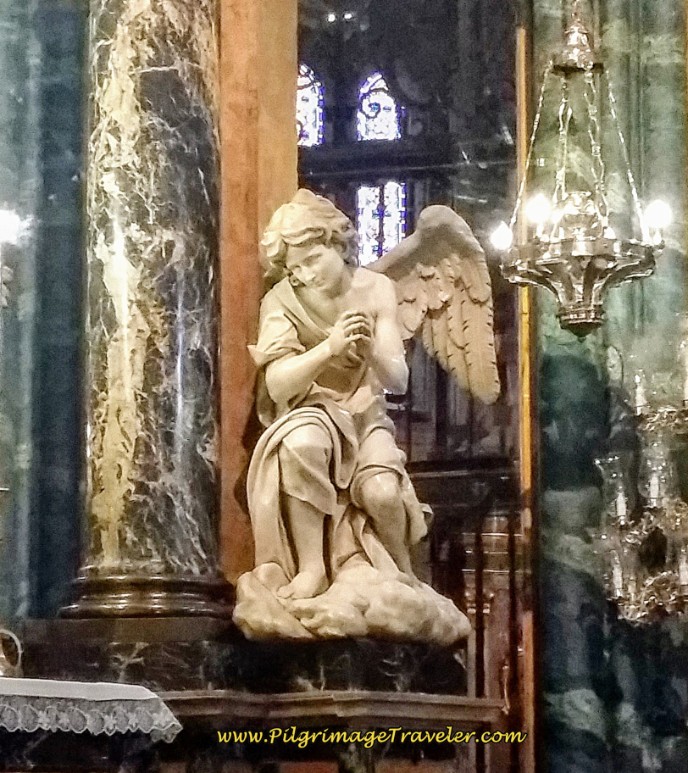
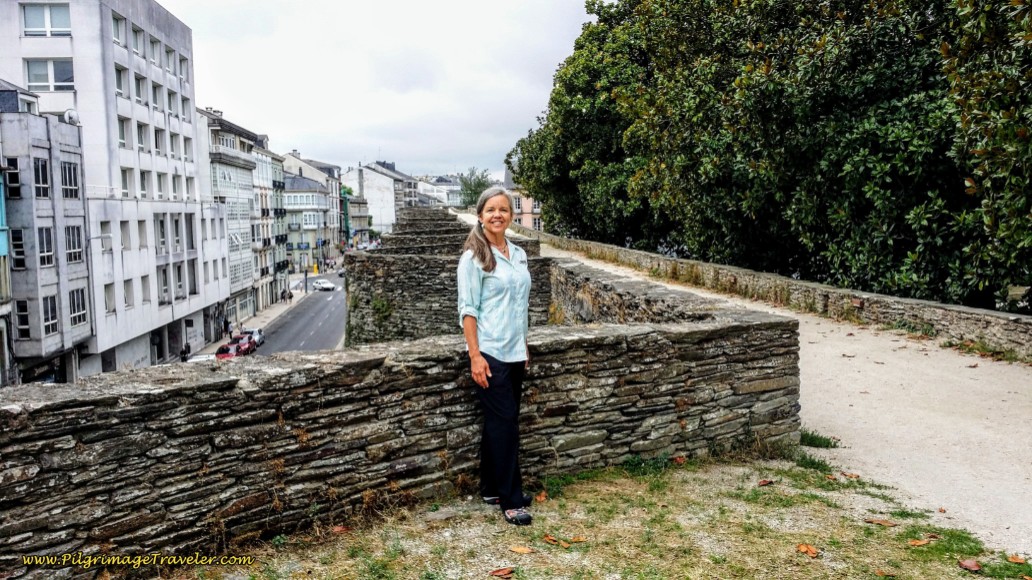



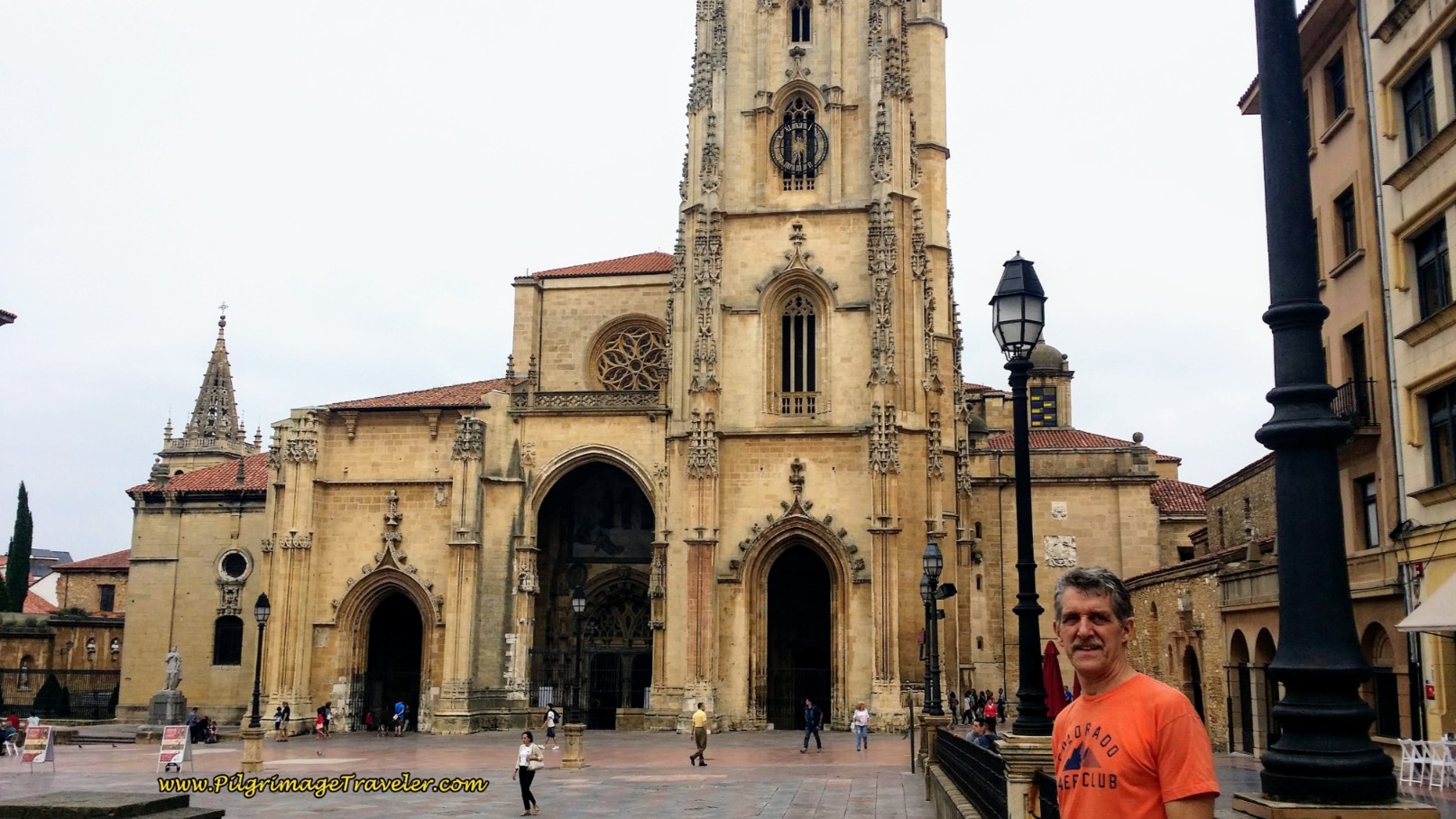


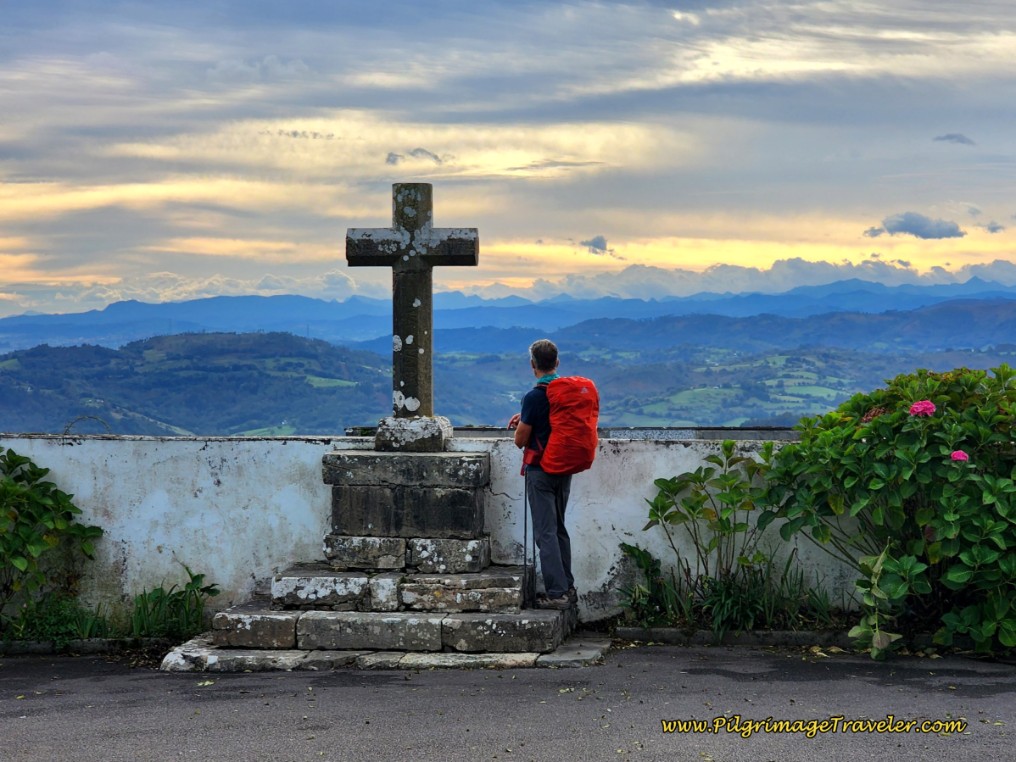
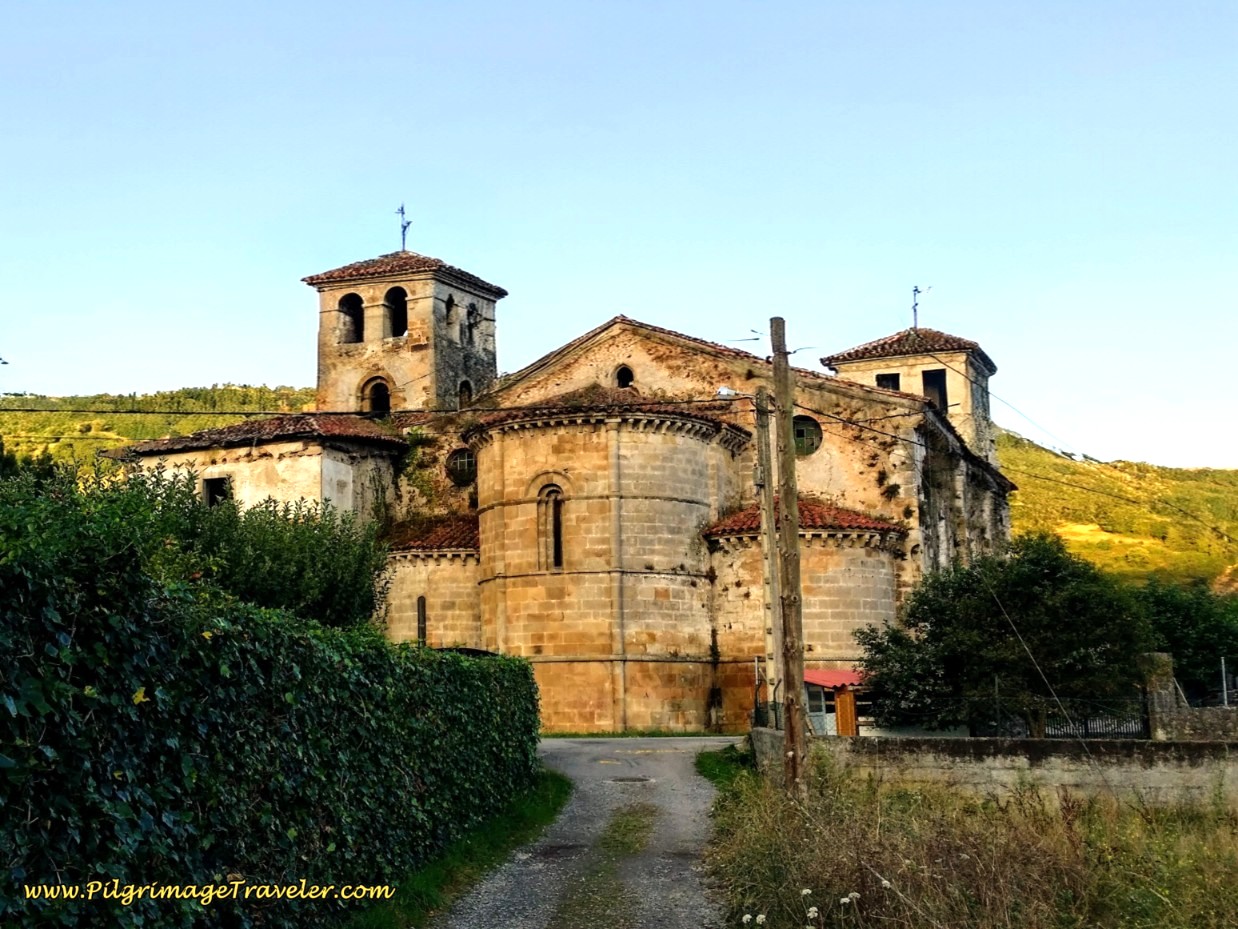


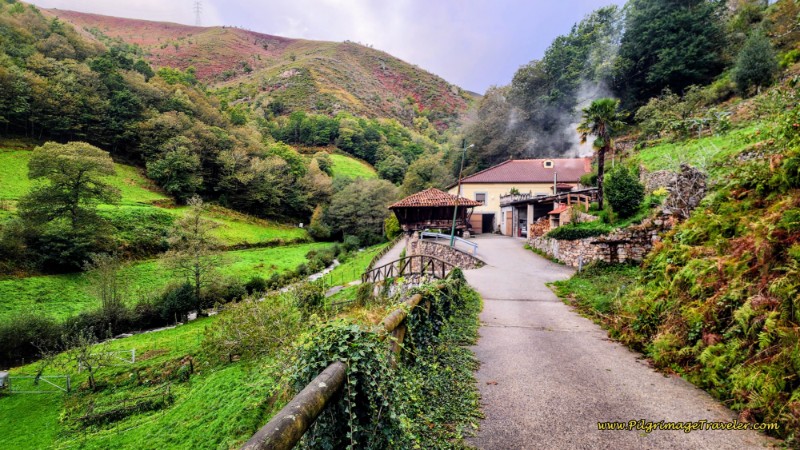
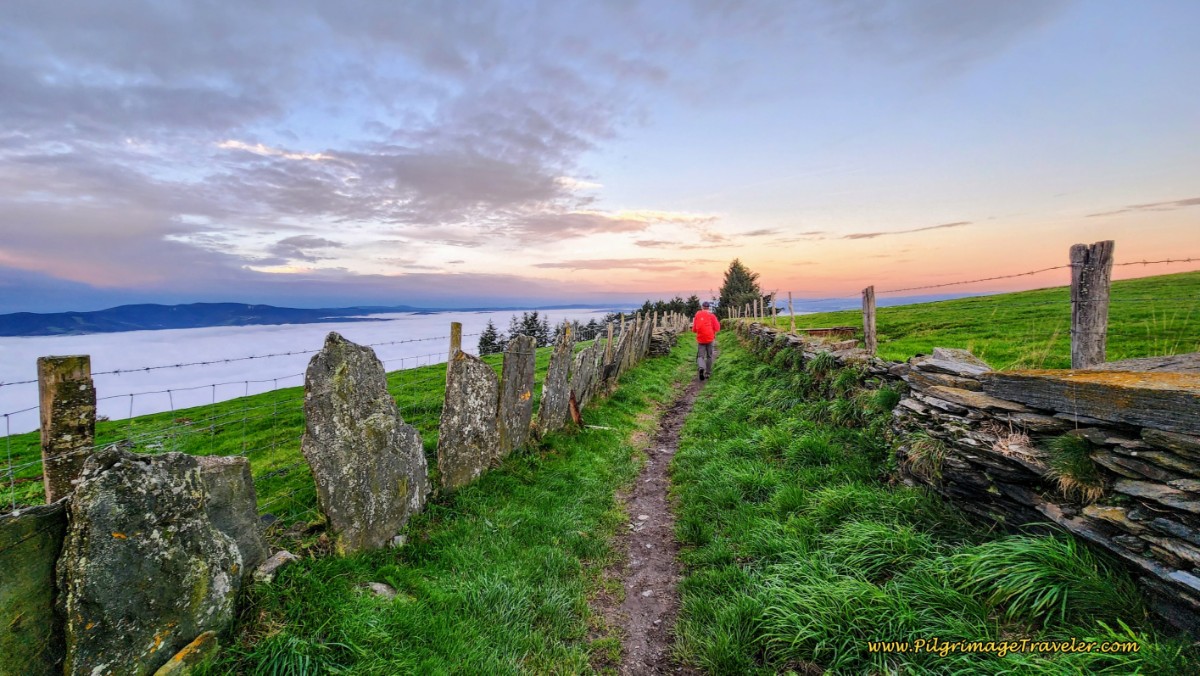

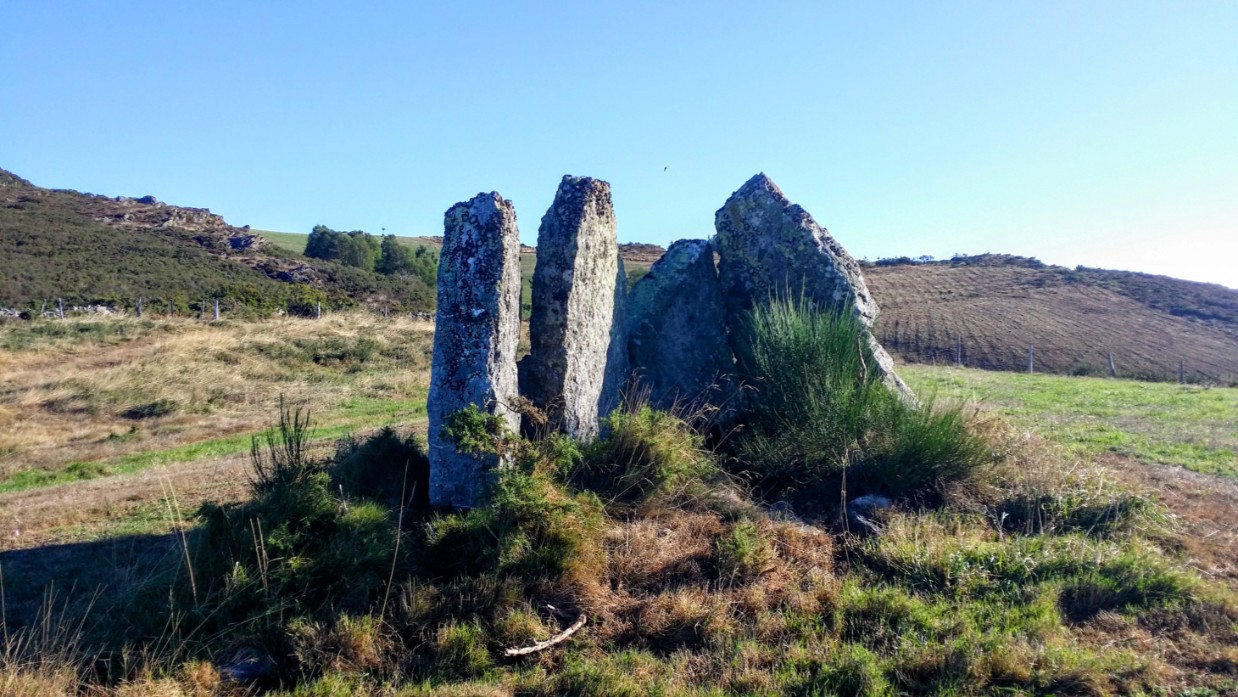



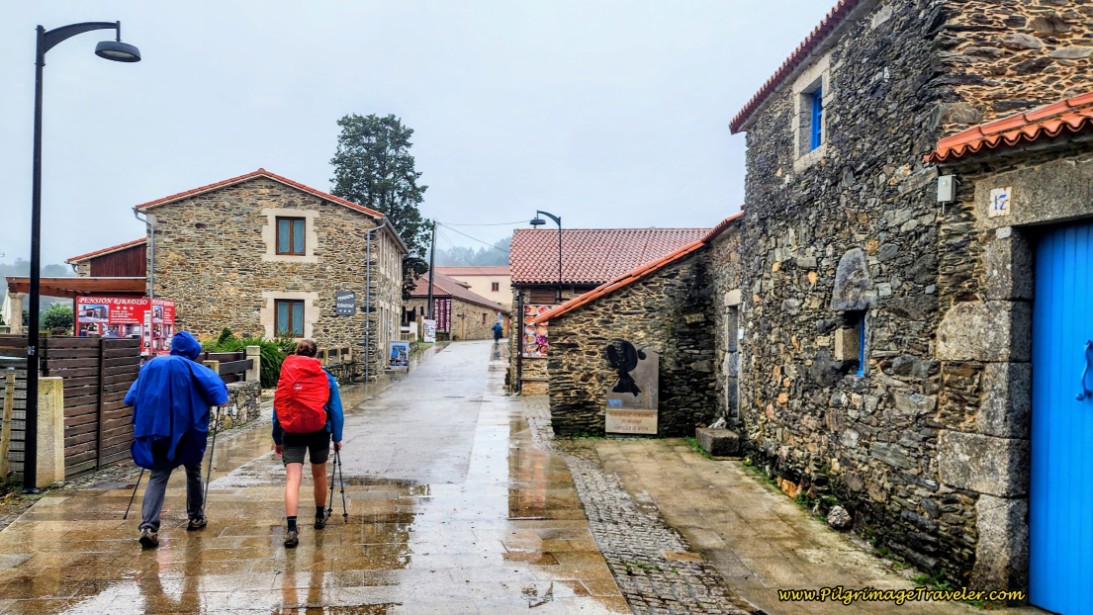

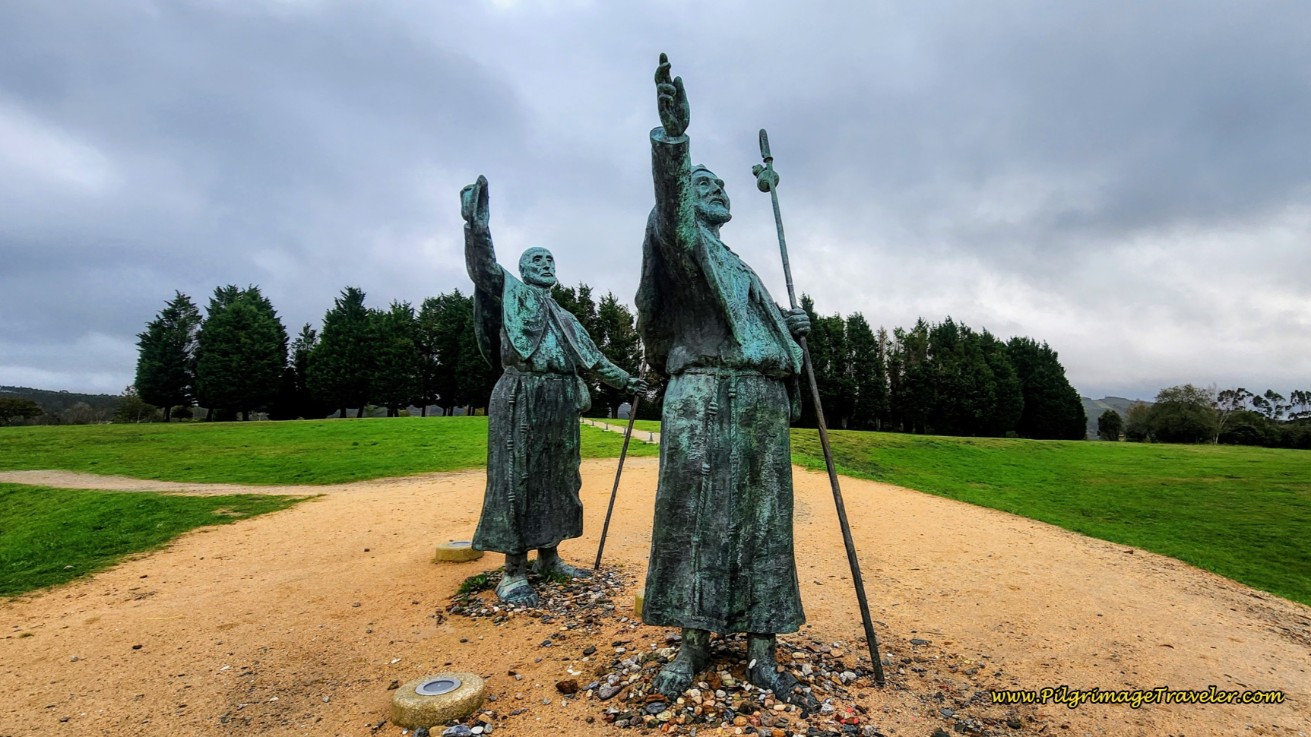

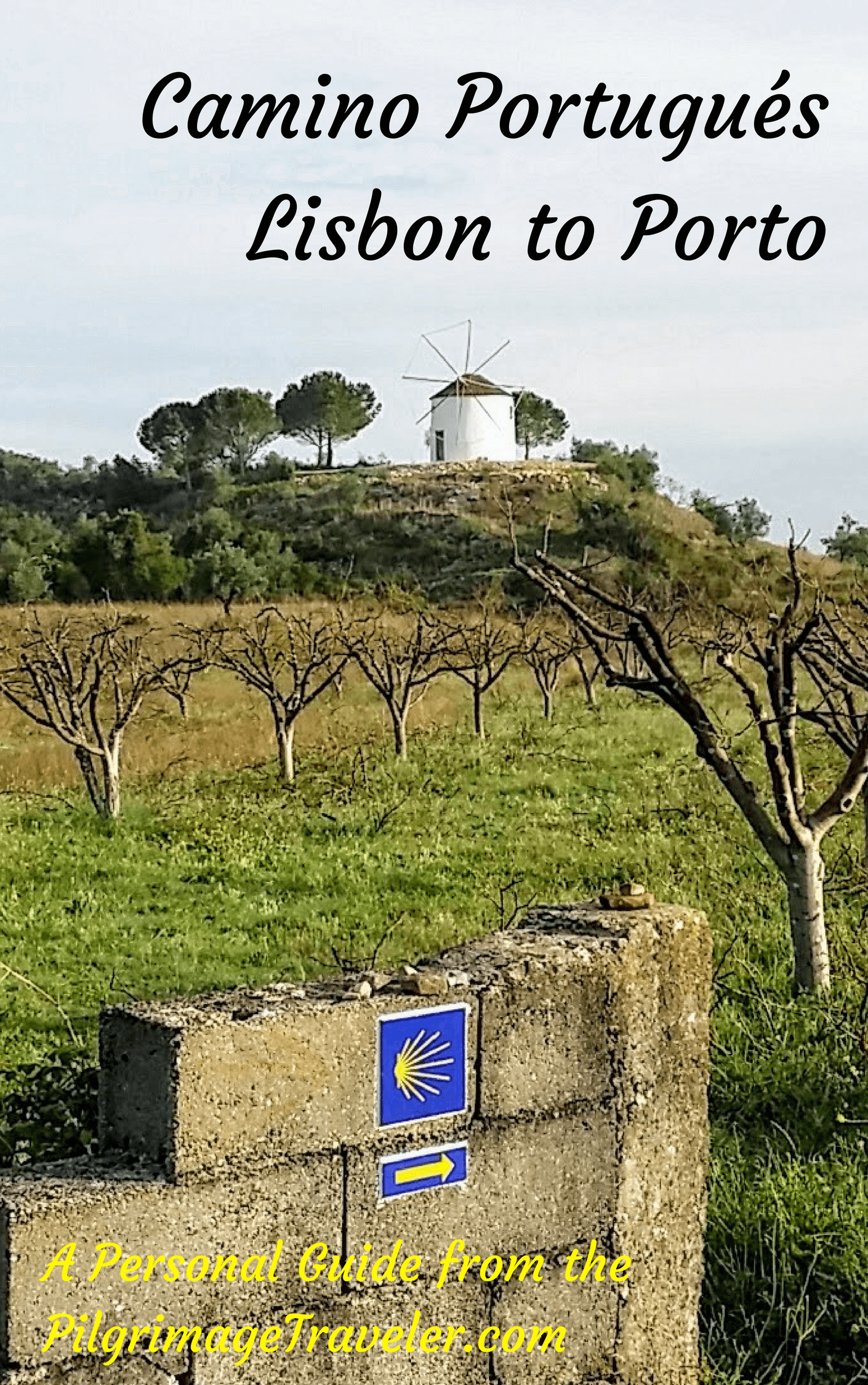





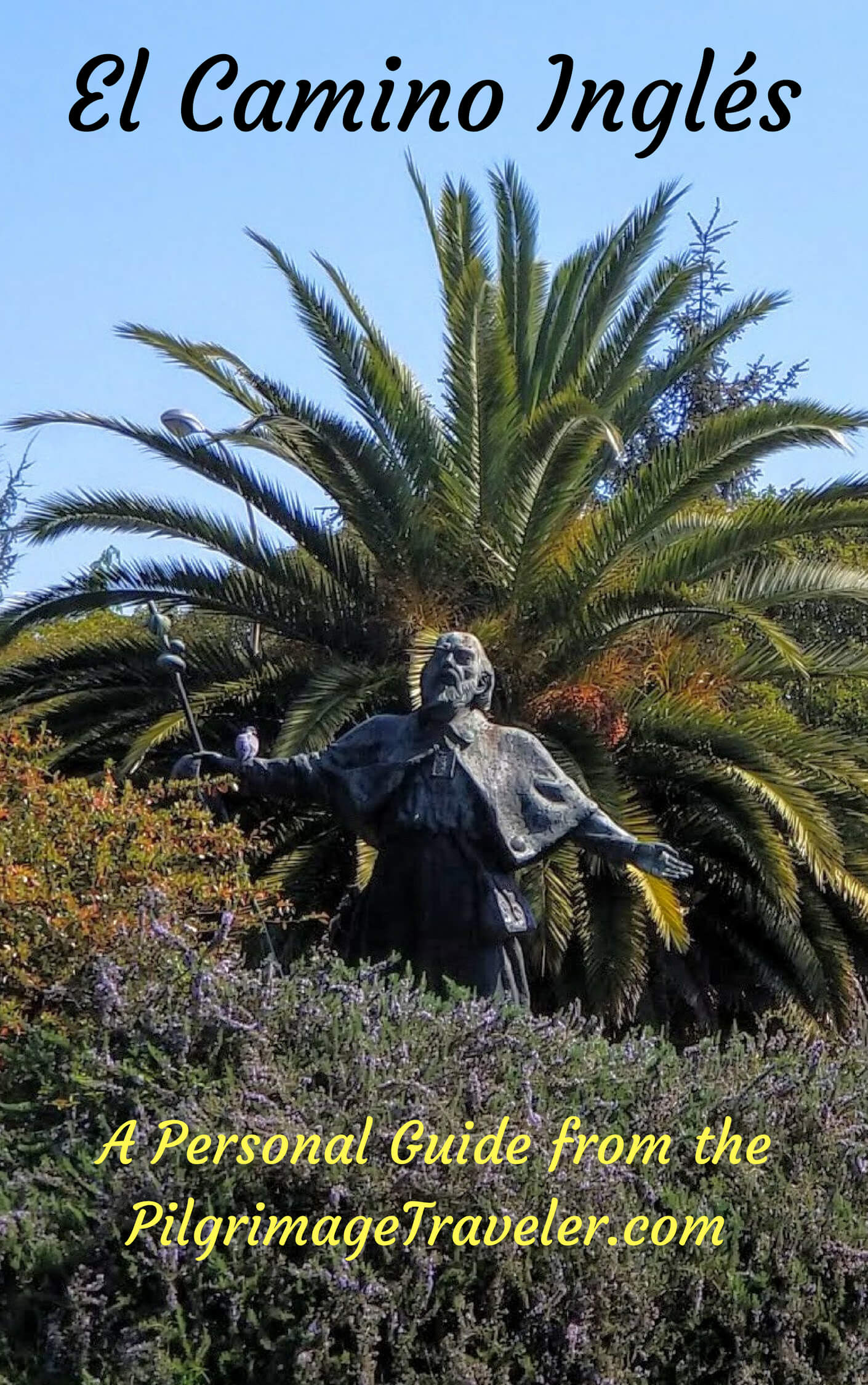






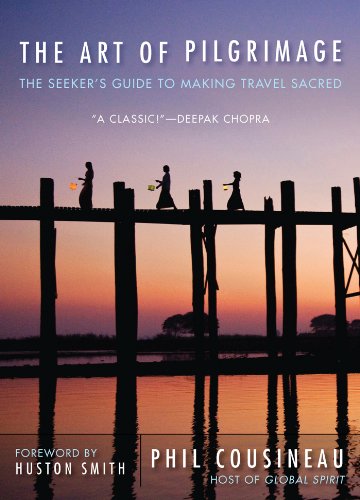


Your Opinion Matters! Comments
Have you had a similar experience, have some advice to give, or have something else you'd like to share? We would love to hear from you! Please leave us a comment in the box below.